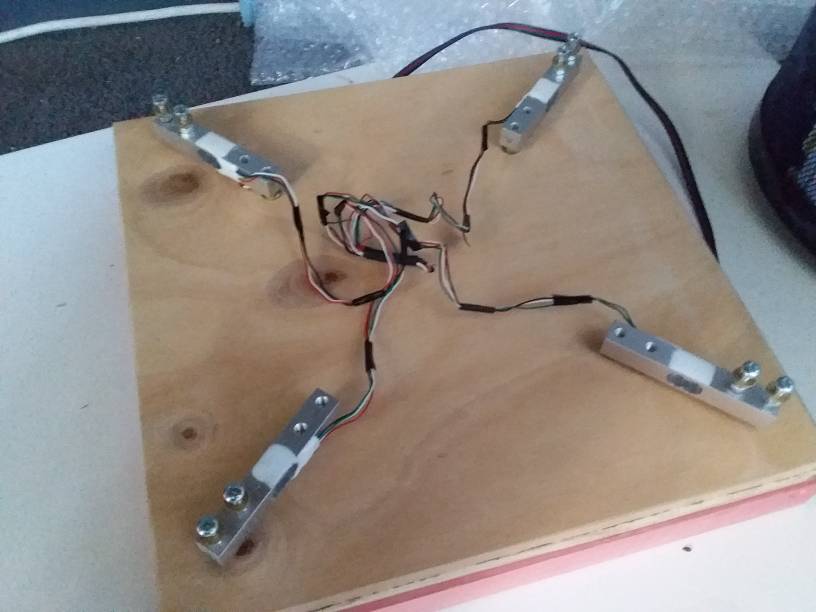I went on a tour of a mega brewery the other day and they said they use ultrasonic (or similar) sensors that measure the headspace in their kettles. This lets them fill the kettles to the correct level without using a flow meter.
Seemed like a genius idea to me.
Has anyone done something like this at the homebrew level? Would a cheap ultrasonic sensor mounted on the roof pointing down into a Grainfather work? Controlled with Arduino or Raspberry Pi.
I'd love to completely automate the filling of my strike water and sparge water.
Seemed like a genius idea to me.
Has anyone done something like this at the homebrew level? Would a cheap ultrasonic sensor mounted on the roof pointing down into a Grainfather work? Controlled with Arduino or Raspberry Pi.
I'd love to completely automate the filling of my strike water and sparge water.













































![Craft A Brew - Safale S-04 Dry Yeast - Fermentis - English Ale Dry Yeast - For English and American Ales and Hard Apple Ciders - Ingredients for Home Brewing - Beer Making Supplies - [1 Pack]](https://m.media-amazon.com/images/I/41fVGNh6JfL._SL500_.jpg)


















